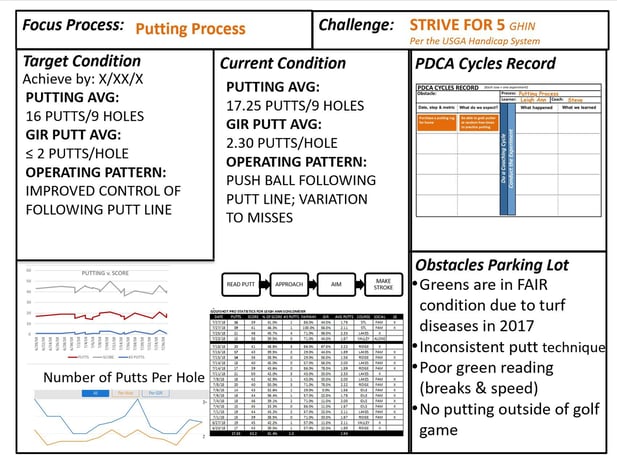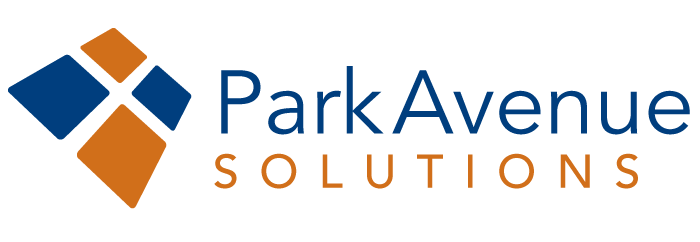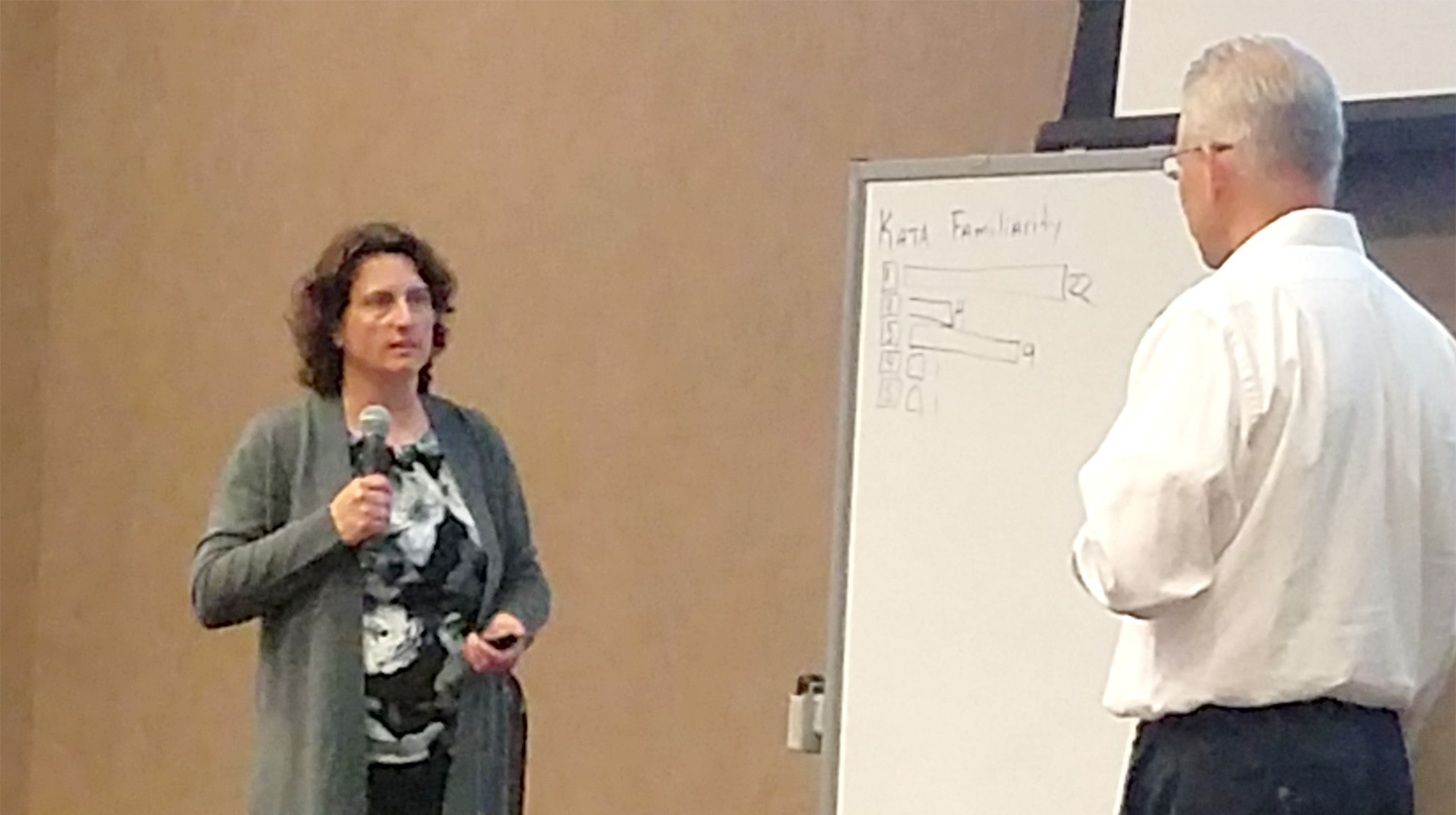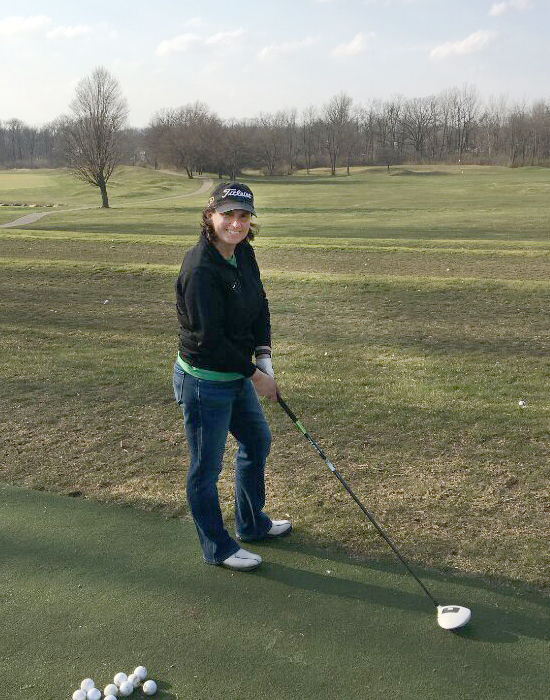Strive Fore Five
Changing your game with Kata
Putting Kata into Action
Trainer, Consultant, and Toyota Kata expert, Leigh Ann Schildmeier (president and founder of Park Avenue Solutions) employs her expertise in Kata and love of golf to take a swing at demonstrating how this powerful continuous improvement methodology can be used to make systematic, sustainable improvement in any process or skill.
Four steps and five questions can start building a habit of continuous improvement through application of the principles of Kata. Strive Fore Five demonstrates the basics of the Toyota Kata methodology (as developed by lean guru Mike Rother), taking incremental steps toward improvement in a real-world application.
A lifelong golfer with a competitive 9 handicap, Leigh Ann has often dreamed of playing the top golf courses around the world. With visions of hitting the greens at St. Andrews, Pine Valley, Augusta, and the like, she wants to improve her handicap to play those renowned courses without looking like, well, an amateur. Envisioning what success would look like, she challenged herself to bring her handicap down to 5. And so the challenge begins!
After decades of studying, teaching, and consulting in Lean, Six Sigma, and other continuous improvement methodologies and techniques, it was only natural that Leigh Ann would choose to employ her professional expertise to tackle this sports challenge. Analyzing the various options, she selected the scientific approach of the Improvement Kata and the Coaching Kata.
Using the Kata methodology brings structure and clarity to the process by:
- Removing emotions and opinions from the equation
- Creating faster, smaller cycles of learning
- Employing a scientific approach rather than random "testing"
- Building skills to sustain long-term, goal-directed change
Practicing the Kata: Strive Fore Five
Kata is a methodology that, with proper training and practice, will develop the habit, the skills, and eventually the culture/mindset of continuous improvement. As such, Kata can work on any process, any service, yes, any sport.
Once Leigh Ann decided to employ Kata as her improvement methodology, she set up her project, starting by setting up a Kata Story Board (image below) and establishing the Challenge (or Vision): STRIVE FORE 5 - Improve her golf handicap from a 9 to a 5 after hit and miss attempts.

One of the most effective ways to effect lasting change is to establish the practice of continuously striving for excellence. Leigh Ann the Learner works with a Kata Coach who supports her by meeting regularly to go through The Five Questions of Coaching Kata as she practices and repeats the Four Steps of Improvement Kata. (For more detailed information on the Improvement Kata and the Coaching Kata, please read "What is Kata?")
The Five Questions of Coaching Kata
- What is the Target Condition?
- What is the Actual Condition now?
- What Obstacles do you think are preventing you from reaching your target condition?
- What is your Next Step (Experiment)?
- What did you learn from that step/experiment?
Four Steps of Improvement Kata
- Understand the Direction or Challenge
- Grasp the Current Condition
- Establish the Next Target Condition, and
- Experiment Toward the Target Condition
Why Choose Kata?
Unlike spearheading an ambitious, one-time change initiative, Coaching Kata can start small and pay lasting dividends by empowering each and every team member, from CEO to floor sweeper, to encourage daily improvement through their own actions. Kata can also be used to augment and improve the success of other continuous improvement methodologies.
Strive Fore Five illustrates Toyota Kata in action and helps observers gain a fundamental understanding of how Kata can provide the following:
- Systematic, scientific routine that can be applied to any problem or challenge
- Standard method for how members of an organization develop solutions
- Process for migrating managers toward the role of coach and mentor by practicing coaching cycles
- Framework for practicing PDCA (Plan, Do, Check, Act) in a way that has people taking small steps every day, building a practice and a culture of truly continuous improvement
Whether it’s an establishing manufacturing process or a startup project phase, Strive Fore Five provides insights on a methodology that can be used to solve issues and problems, as well as mitigate impediments during various stages of any process or project. The principles are applicable to all levels of continuous improvement knowledge and all industries. The Improvement Kata is one approach that provides the appropriate context.
Come back soon!
Check this page often for updates on Leigh Ann's process and progress changing her game with Kata — Strive Fore Five!

Park Avenue Solutions is a management consulting firm that specializes in business process improvement strategies and applying Lean Principles that empower and elevate organizational excellence.





